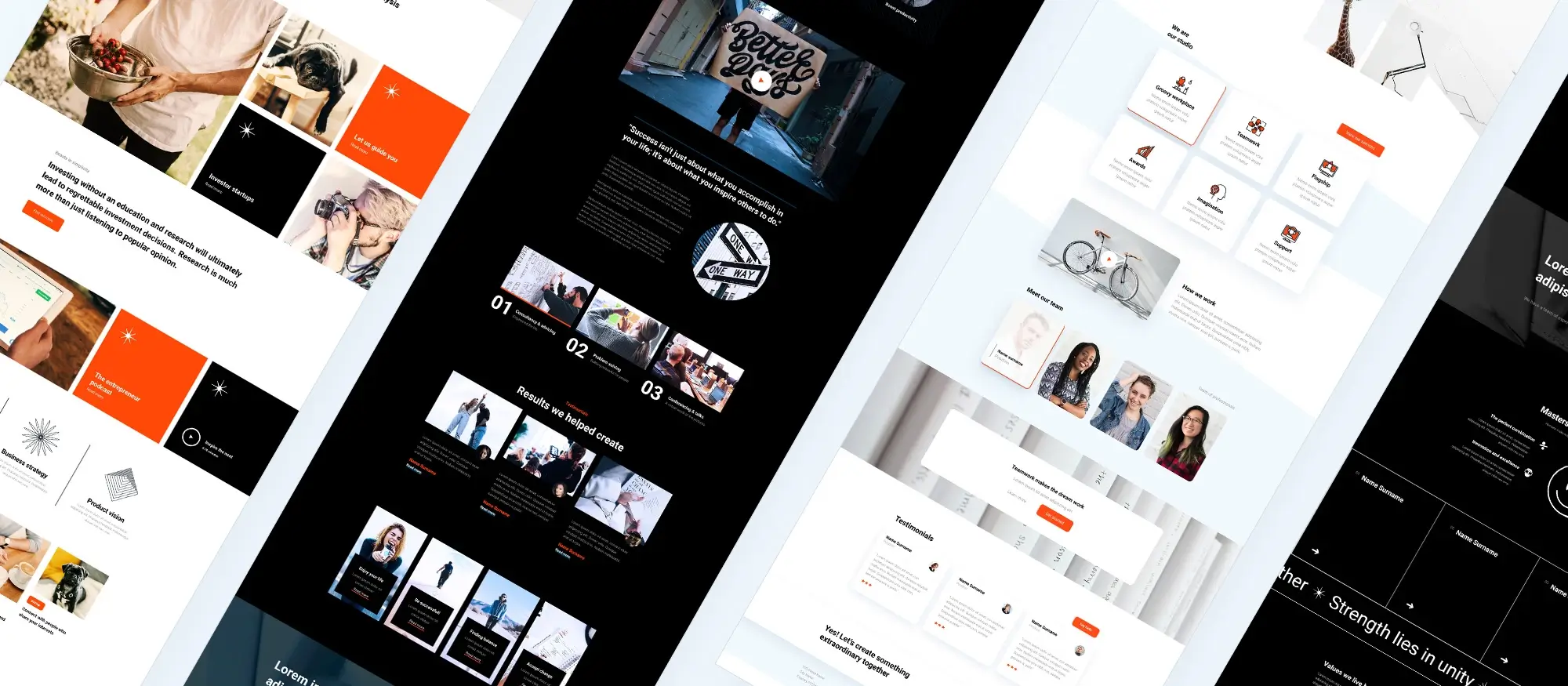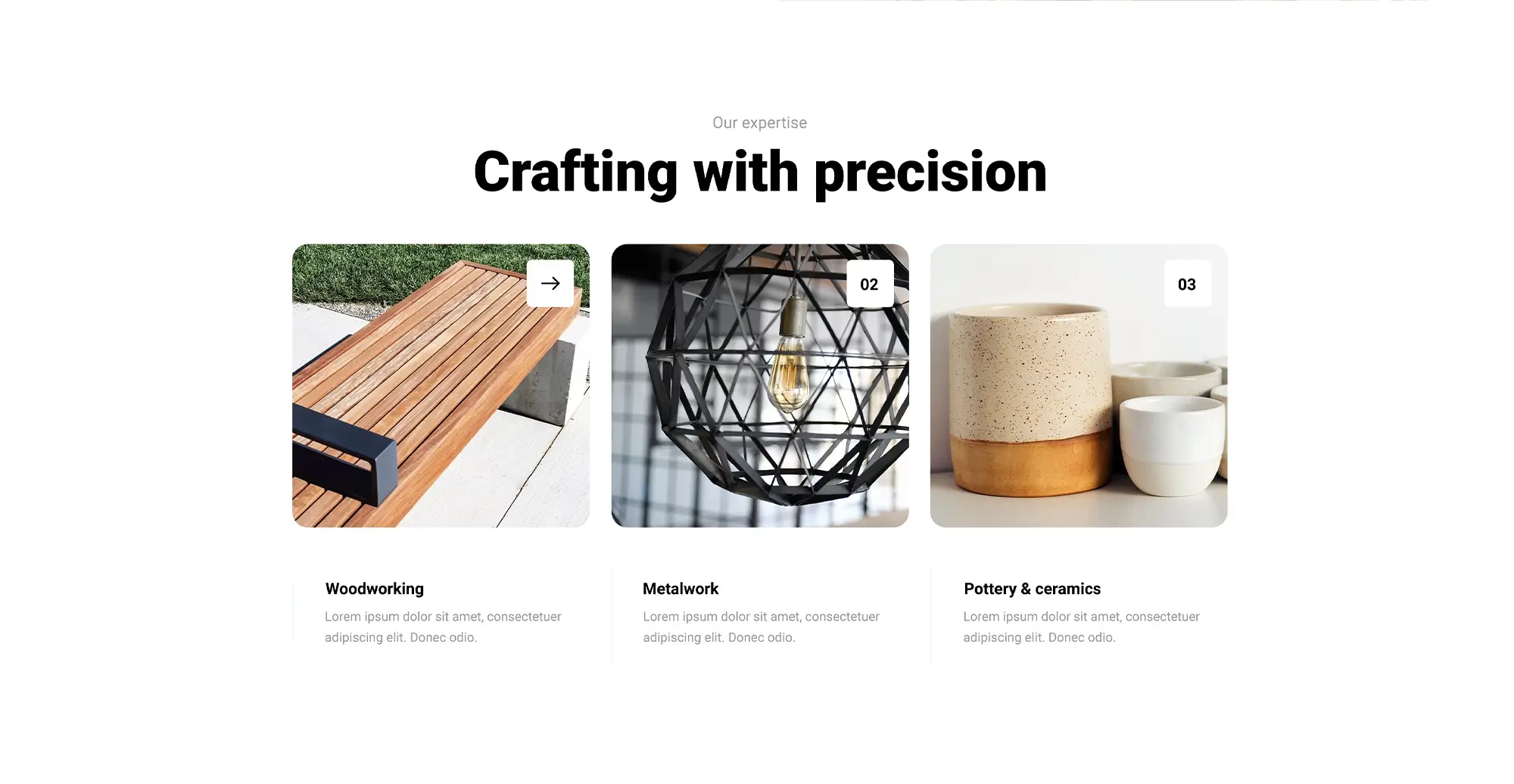Mastering WordPress with Gutenberg block patterns and themes
Try MaxiBlocks for free with 500+ library assets including basic templates. No account required. Free WordPress page builder, theme and updates included.
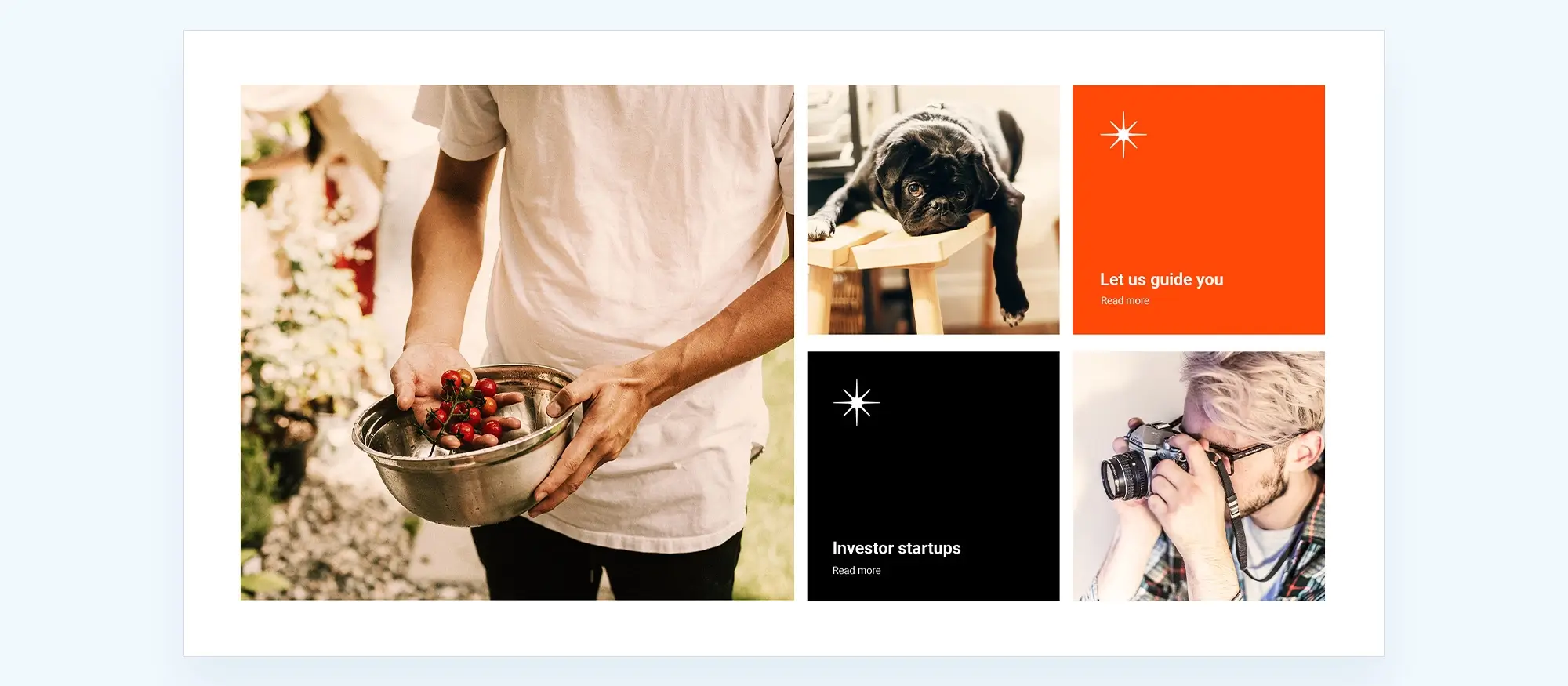
WordPress pattern libraries are collections of ready-made block layouts that you can insert into any post or page with just one click. They act as a library of reusable designs, helping you build complex sections quickly without arranging each block manually.
What is a WordPress pattern library
A WordPress pattern library is a collection of pre-designed sections you can add to your website with just a few clicks. These sections, called patterns, include things like call-to-actions, testimonials, contact forms and pricing tables. They are made to work perfectly with the WordPress block editor, so you don’t need any coding or design skills to use them.
How WordPress patterns help you build faster
Patterns save time by giving you a ready-made layout that you can drop into place and edit. Instead of creating each section from scratch, you choose a pattern that fits your content, update the text and images, and you’re done. It keeps things simple and helps you build a good-looking site without much effort.
Designed for the block editor, no coding needed
The WordPress block editor, introduced in 2018, made it easier to build pages by using blocks. Pattern support followed shortly after and made things even simpler. Today, you can choose from thousands of patterns. Tools like MaxiBlocks give you access to a huge library of options that work straight away, with no extra setup.
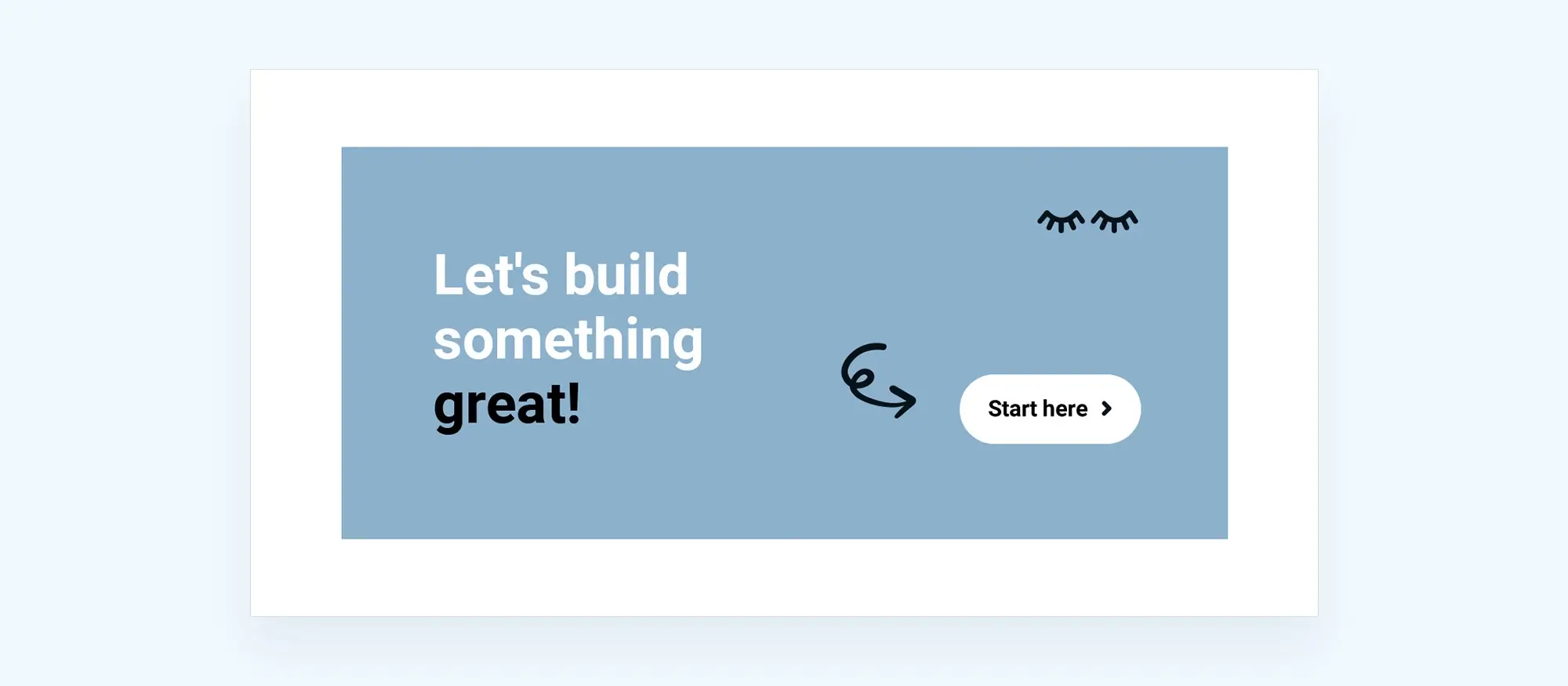
Why WordPress pattern libraries save time
Using a WordPress pattern library can take hours off the time it normally takes to build a website. Instead of creating each part of a page from scratch, you pick a ready-made section and drop it in. This works well for pages that follow a similar layout, like service pages, blog posts or product listings.
Build once, reuse across your site
Patterns help you stay consistent and avoid repeating the same work. If you use the same layout on several pages, you only need to design it once. Later, if you want to update that section, you can change the pattern and apply it across your site. This saves time and keeps your design more consistent.
Faster projects for freelancers and agencies
If you build websites for clients, pattern libraries can speed things up even more. You can keep your own set of layouts that match your style or branding. When you start a new project, most of the design is already in place. This helps you finish faster and focus on the details that matter most to your clients.
WordPress users who work with patterns say they finish websites up to 40% faster than before.
Yasmin, a freelance web designer, said: “I’ve been building sites for years, but patterns have changed how I work. I’ve cut my design time in half and spend more time focusing on content and strategy now.”
Subscribe to our newsletter
Design consistency across pages
A good website needs to look and feel the same on every page. WordPress pattern libraries make that easier by giving you a set of design blocks that match each other. When you use the same styles across your site, you create a clear and consistent look. This helps people recognise your brand and trust what they’re seeing.
A smoother experience builds trust
If your pages follow the same layout and use the same fonts, colours and spacing, your site feels more professional. Visitors are more likely to stay longer, read your content and take the next step. A consistent design also makes your site easier to use, which can lead to more sales or enquiries.
One shared system for the whole team
When more than one person is working on a site, patterns help everyone stay on the same page. Instead of making their own version of a button or heading, each person uses the same set of blocks. This avoids messy layouts and keeps the design clean and simple.
Research shows that a consistent layout can increase conversions by up to 30% by making the site easier to use.
Mark, a marketing lead at a UK software company, shared his experience: “Before using patterns, our site looked different from one page to the next. Now everything flows, and our customers notice the difference.”
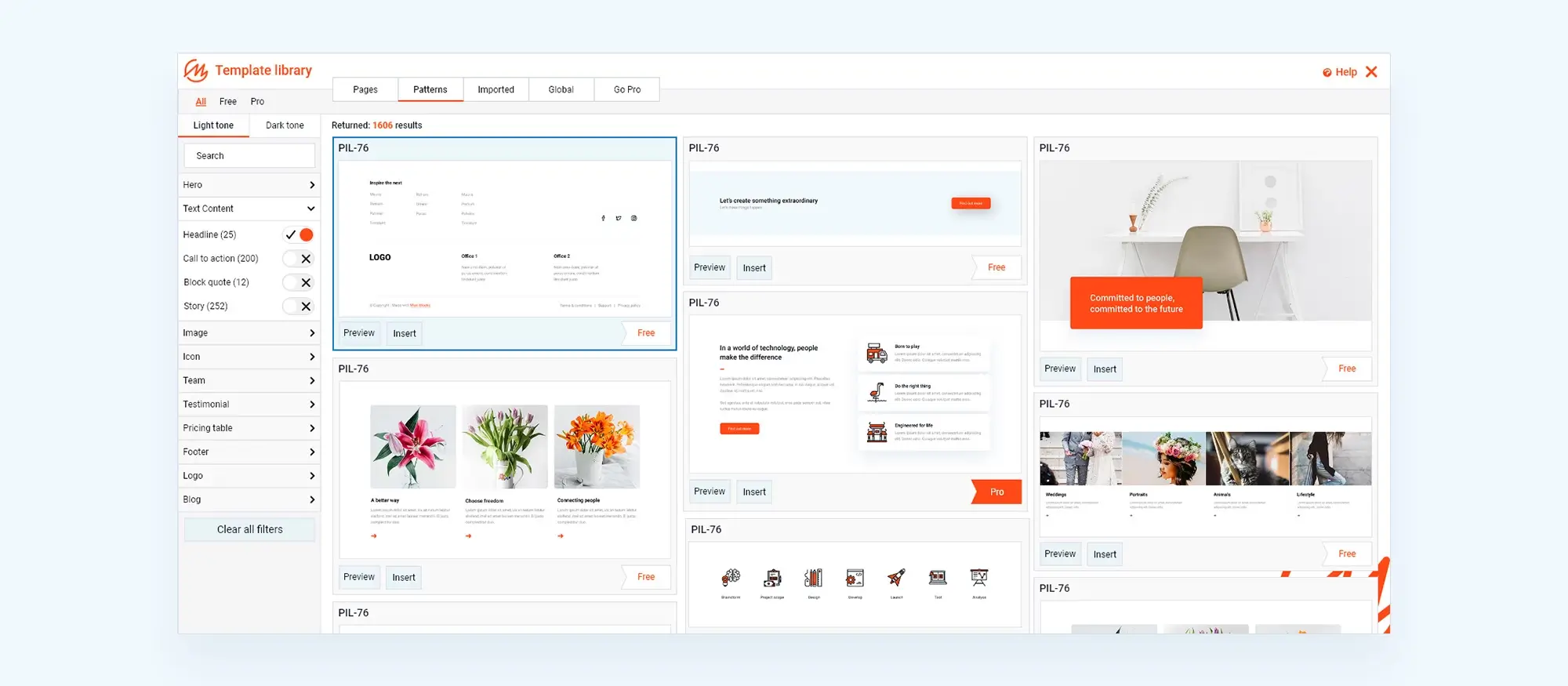
How beginners benefit from using patterns
If you’re new to WordPress, pattern libraries make it much easier to get started. You don’t need to know how to code or use advanced design tools. Just pick a layout you like, add it to your page, and change the text and images to match your content.
A better starting point for every page
Starting with a blank page can feel overwhelming. Patterns give you a clear structure from the start, whether you need a hero banner, a contact form or a testimonials section. You can see how each section is built and learn what makes a layout work, simply by using it.
Fewer mistakes, better results
Working with WordPress patterns also helps you avoid common design mistakes. The spacing, alignment and visual balance are already in place. This means your pages are more likely to look clean and well put together, even if it’s your first time building a site.
Most WordPress users aren’t developers. In fact, around 60% of them have little or no coding experience. Pattern libraries are built to support that, giving beginners the tools to create professional websites on their own.
Build like a pro
Custom patterns for advanced users
If you’ve been using WordPress for a while, pattern libraries give you even more control. You’re not limited to the default blocks. You can create your own custom patterns and reuse them across different projects. This works well for designers, developers or agencies who manage several sites.
Reuse your best work across projects
Once you’ve built a section that does its job well, like a pricing table or a team layout, you can save it as a pattern. That way, you don’t need to rebuild the same layout every time. It also helps you stick to a consistent style, whether you’re working on one site or a group of them.
Flexible design that saves time
Custom patterns can include your own spacing, colours, fonts and images. You can come back later and change those details without starting over. If you build websites for clients, this gives you a faster way to deliver work that still looks clean and professional.
Many developers now use saved patterns as a way to build lightweight design systems inside WordPress. This cuts down layout work by as much as 50%.
Tom, a freelance web developer in Leeds, said: “I use custom patterns on every client site. They’ve become the backbone of my workflow and save me hours on every project.”

Custom patterns for advanced users
If you’ve got more experience with WordPress, pattern libraries give you extra flexibility. You’re not limited to the default options. You can create your own custom patterns and use them again and again across different sites. This is especially helpful for designers, developers or agencies working on multiple projects.
Build once, reuse anywhere
When you’ve made a section that works well like a pricing table, a team layout or a feature block you can save it as a pattern. The next time you need it, it’s ready to go. You don’t have to start from scratch. This also helps you keep a consistent look and feel across all your work.
Full control over design details
Custom patterns let you use your own spacing, colours, fonts and images. If you need to tweak something later, you can do that without rebuilding the layout. For client work, this makes delivery faster while keeping the design clean and consistent.
Many developers now use custom patterns as a way to build simple design systems in WordPress. This cuts down layout time by as much as 50%.
Build like a pro
Using pattern libraries in team workflows
When a website project involves more than one person, staying organised becomes key. Pattern libraries help teams work better together by giving everyone access to the same set of design blocks. Instead of creating different versions of the same layout, each team member can use shared patterns that keep the site consistent and the work more efficient.
Fewer mistakes, faster progress
Shared patterns help avoid design errors and save time. If your team has a set way of showing case studies or call-to-actions, you only need to build that layout once. Everyone can then use the same version, which keeps the content on-brand and reduces the need for rework.
Easy handover between team members
Pattern libraries also make it simpler to bring in new team members. By looking through the saved patterns, they can quickly see how the site is put together. This means less time spent explaining things and fewer delays when roles change or people join mid-project.
Reports show that teams using a shared design system or pattern library go through fewer revision rounds up to 30% less because their work is more consistent from the start.

Mobile-friendly design and performance built in
Most people now browse the web on their phones, so your website needs to work well on smaller screens. Pattern libraries make this easy by offering layouts that are already responsive. You don’t have to build separate versions for desktop and mobile. The blocks adjust automatically, so text resizes, images shift and spacing stays clean across all devices. Visitors get a smooth experience whether they’re using a laptop or a phone.
If you’re not a designer, this removes the guesswork. You don’t need to learn advanced layout settings or write code. The patterns take care of it behind the scenes, so you can focus on your content and message.
A fast site also matters. Slow pages can drive people away and hurt your rankings in search results. Patterns help by using clean, efficient code. This means faster load times and fewer layout problems. You’re not adding unnecessary plugins or bulky designs that slow things down. Some tools, like MaxiBlocks, go even further with features like image optimisation and lazy loading, which keep your site quick without cutting quality.
How MaxiBlocks makes it even easier
MaxiBlocks brings the full power of pattern libraries into one tool. It offers over 2,100 patterns, 230 full-page layouts and 14,000 free SVG icons and shapes all ready to use and easy to edit. You can adjust colours, line weight or fill styles right in the editor, with no extra software needed.
It works smoothly with the Gutenberg editor, giving you clear layout controls and a flexible toolbar. Even detailed designs stay easy to manage. Built-in performance features also keep your site fast by using clean HTML and CSS, so you can grow your site without slowing it down.
Final thoughts
Pattern libraries make it easier to build websites that look good, load fast and stay consistent. Whether you’re just starting or working on your tenth site, they give you a solid foundation to build on. When paired with tools like MaxiBlocks, you get speed, flexibility and a wide range of design options without the usual hassle.
WordPress patterns for faster beautiful website design
Find easy-to-customize WordPress patterns to design faster and launch your site sooner.
FAQs on WordPress pattern libraries
What is a WordPress pattern?
A pattern is a pre-designed section you can add to a page in WordPress. It could be anything from a contact form to a pricing table. You place it, update the content and it’s ready to go, with no coding needed.
Do I need a plugin to use pattern libraries?
No. WordPress includes built-in support for patterns through the block editor. That said, tools like MaxiBlocks offer extra pattern options and helpful features that can save even more time.
Can I create my own patterns?
Yes. Once you’ve built a layout you like, you can save it as a custom pattern. This makes it easy to reuse across different pages or sites while keeping the design consistent.
Will patterns work on mobile devices?
Yes. Most pattern libraries are built to be responsive. That means they adjust automatically to fit screens of all sizes, so you don’t have to build separate versions for mobile.
What happens if I change a pattern later?
If you’ve reused a saved pattern across your site, changes can be applied everywhere at once. This saves time and helps you keep your site updated with less effort.
Are pattern libraries good for teams?
Yes. They help teams stay consistent by giving everyone access to the same design blocks. This keeps the layout clean, makes handovers easier and speeds up the whole process.
WordPress itself
Official Website
wordpress.org – This is the official website for WordPress, where you can download the software, find documentation, and learn more about using it.
WordPress Codex
codex.wordpress.org/Main_Page – This is a comprehensive documentation resource for WordPress, covering everything from installation and configuration to specific functionality and troubleshooting.
WordPress Theme Directory
wordpress.org/themes – The official WordPress theme directory is a great place to find free and premium WordPress themes. You can browse themes by category, feature, and popularity.
maxiblocks.com/go/help-desk
maxiblocks.com/pro-library
www.youtube.com/@maxiblocks
twitter.com/maxiblocks
linkedin.com/company/maxi-blocks
github.com/orgs/maxi-blocks
wordpress.org/plugins/maxi-blocks

Kyra Pieterse
Author
Kyra is the co-founder and creative lead of MaxiBlocks, an open-source page builder for WordPress Gutenberg.
You may also like
